Between October 1942 and June 1943, Eighth Air Force’s primary target was the German Navy’s submarine fleet. Initially these attacks were in support of the deployment of forces for Operation TORCH, the invasion of French North Africa. But as the German submarine offensive against the Atlantic convoys intensified, the need to neutralize the Kriegsmarine’s U-boat arm became even more urgent.
It had been no easy matter to decide how best this could be done. Basically, there were three targeting options: the U-boat bases on the French Atlantic coast, the shipyards and factories in Germany that were devoted to U-boat construction, and the U-boats themselves while on passage to and from the Atlantic.
The U-boat bases were near at hand, which meant that the bombers could attack carrying their maximum bombload. Unfortunately, however, the bases were beyond the range of RAF fighter escort. Nor as yet had VIII Fighter Command made operational any fighter groups equipped with the P-38 Lightning or the P-47 Thunderbolt, fighters that did have the necessary range. And the U-boat bases were hard targets, with strong flak (Flieger-Abwehr-Kanone; antiaircraft gun) defenses and many of their facilities protected by concrete. Whether they could be put out of action by bombing was a doubtful question.
Though the shipyards and factories were softer targets, they were far away and far beyond the range of fighter escort. In any case, it was judged unlikely that such attacks would succeed in reducing the operational tempo of the U-boat flotillas. In the summer of 1942, Allied naval intelligence estimated that the Kriegsmarine had some 240 operational U-boats on hand, with around twenty per month leaving the shipyards, and an average of six per month being sunk. These depressing numbers led planners to rule out attacks on U-boat production facilities, which could have no immediate impact on the Battle of the Atlantic.
The main U-boat bases were at Brest, Lorient, St. Nazaire, La Rochelle/La Pallice, and Bordeaux. To reach the Atlantic from these bases, the U-boats had to transit the Bay of Biscay—which in principle, therefore, was a target-rich environment. But though Royal Air Force Coastal Command was focusing its antisubmarine campaign in that area, the long-range aircraft available to it were insufficient in numbers and lacked the all-weather capabilities and specialized antisubmarine weapons needed to obtain decisive results. In time, these deficiencies could be made good—but by then the Battle of the Atlantic might well have been lost. So, for lack of better options, Eighth Air Force found itself committed to a campaign against the sub pens.
Though the bombs available at the time were likely incapable of penetrating the thick concrete that protected the sub pens themselves, the supporting infrastructure of the U-boat bases—powerplants, repair facilities, floating docks, warehouses, railway yards, barracks, etc.—were more vulnerable. Major General Ira Eaker, commanding VIII Bomber Command, thought that with ten heavy bomb groups, sufficient damage could be done to make U-boat operations out of the French Atlantic ports difficult if not impossible. The RAF agreed, judging that attacks on the U-boat bases combined with Coastal Command’s operations over the Bay of Biscay could seriously impair the German submarine offensive.
Eighth Air Force’s war on the sub pens commenced on 21 October 1942 with an attack on the Lorient-Keroman U-boat base by a mixed force of B-17s and B-24s totaling ninety aircraft. The primary targets were the base’s sub pens: nineteen in total, seven of which were still under construction. Bad weather forced all but fifteen B-17s of the 97th Bomb Group to turn back before reaching the target. As these B-17s crossed the French coast, they were intercepted by some thirty Fw 190 fighters. In the running battle that followed, three of the American bombers were shot down. The rest pressed on to the target.
The Germans at Lorient-Keroman were apparently taken by surprise; the B-17s encountered no flak (antiaircraft fire) as they conducted their bomb run at an altitude of 17,500 feet. In all they dropped thirty 2,000lb HE (high-exclosive) bombs, about twenty-five of which landed in the immediate target area. A French resistance informant later reported that five bombs had made direct hits on the sub pens but failed to penetrate their thick concrete roofs. On the other hand, two floating drydocks and a number of workshops were destroyed, and two U-boats in the harbor were damaged. Some 150 base personnel were killed, forty of them French workers.
In a report to USAAF commander General H.H. “Hap” Arnold, General Carl Spaatz, the Eighth Air Force commander, took a gloomy view of the situation. He opined that the sub pens might be “hard, maybe impossible nuts to crack.” He added, however, that damage inflicted on surrounding installations might at least do something to hamper the German submarine campaign.
The first few missions against the U-boat bases led Spaatz to conclude that high-altitude bombing (20,000 feet and over), for which his force was trained, was unlikely to be effective against small, well-protected targets like the sub pens. Multiple bomb hits would be required to damage them seriously, and to achieve the requisite accuracy the bombers would have to go in at much lower altitudes: 10,000 to 5,000 feet. But this, he warned, would be a costly undertaking. At medium to low altitudes, intercepting Luftwaffe fighters would have a tactical edge, and flak would be much more accurate.
The first and as things turned out the only low-altitude mission was flown on 9 November; the target was St. Nazaire. Forty-three aircraft took part: twelve B-24s and thirty-one B-17s. The Liberators bombed from an altitude of 18,000 feet; the Fortresses went in at 10,000 feet. The results confirmed Spaatz’s worst fears. Several B-24s were damaged, none very seriously, but as the B-17s commenced their bomb run, they met with heavy and accurate flak. Three Fortresses were shot down and twenty-two were damaged, some seriously.
It was a stiff price to pay for disappointing results. Of the 344 bombs dropped, only seventy-five were plotted by strike photography and later photo reconnaissance, and of those a mere eight struck within six hundred feet of the two designated aiming points. The flak had been so intense that the accuracy expected from a low-level attack was negated. Spaatz and Eaker therefore agreed that such attacks would be ineffective as well as costly. The campaign against the U-boat bases went on, but at altitudes of 18,000 to 22,000 feet. Between November 1942 and January 1943, VIII Bomber Command flew six missions against the submarine bases, concentrating on the two largest, St. Nazaire and Lorient.
Though the return to high-altitude bombing greatly reduced the effectiveness of the German flak—only one bomber was lost to antiaircraft fire—the Americans found themselves facing increasingly effective fighter opposition. Five bombers were shot down, two were lost to unknown causes, and many more were damaged. Two of the latter crash-landed in Britain and had to be written off. This worked out to a five-percent loss rate, which was considered tolerable in view of the damage inflicted. Though high-altitude bombing was none too accurate, repeated attacks did cause significant damage, especially to St. Nazaire. At no time, however, did bombing render the submarine bases non-operational. The Germans proved adept at improvisation and rapid repair—and the submarine pens themselves remained more or less invulnerable to bombs.
On 3 January 1943, VIII Bomber Command launched its heaviest attack of the campaign thus far, dispatching sixty-six B-17s and B-24s against St. Nazaire. They dropped 342 1,000lb HE bombs, twenty-six of which landed within 1,000 feet of the aiming point, a torpedo warehouse, which was destroyed. The dock facilities of the base sustained significant damage, but once again the sub pens themselves survived several direct hits.
These results were considered good. But on the debit side of the ledger, Luftwaffe fighters shot down three bombers and damaged eight more over St. Nazaire. The flak also scored heavily. Instead of tracking the incoming American formation, the German gunners fired a fixed “box barrage” through which the bombers had to fly to reach their target. This tactic proved most effective; three planes were shot down and no fewer than thirty-nine were damaged. Seventy aircrew were listed as missing, five were killed, nine were seriously wounded, and twenty-one were less seriously wounded.
The 3 January attack did nothing to suppress the doubts harbored in various quarters as to the cost-effectiveness of the campaign against the submarine bases. The Eighth Air Force command perforce maintained an optimistic front. The British Admiralty did likewise, though the RAF was more skeptical. At USAAF headquarters in Washington, it was asked whether the results obtained were worth the losses likely to be sustained in the face of progressively more effective German defenses. The US Navy was even less impressed, noting that of the various contributions that airpower could make to the Battle of the Atlantic, bombing the submarine bases was the least effective—an opinion that postwar analysis largely vindicated.
Nevertheless, the Eighth Air Force’s war against the sub pens went on until late 1943, when other factors turned the tide in the Atlantic in the Allies’ favor. But other priorities now demanded attention. At the January 1943 Casablanca Conference, the Allied Combined Chiefs of Staff agreed in principle to a Combined Bomber Offensive against Germany, the RAF attacking by night, the USAAF by day. In June 1943, the Chiefs issued the POINTBLANK Directive, tasking Bomber Command and the Eighth Air Force to concentrate in the first instance against industries supporting the Luftwaffe, with the objective of crippling German airpower ahead of the Allied invasion of France. In addition, it was expected that POINTBLANK would compel the Luftwaffe to withdraw forces from other theaters of war for the defense of the Reich.
The POINTBLANK Directive thus committed the Allied strategic air forces to one of the war’s most decisive battles.
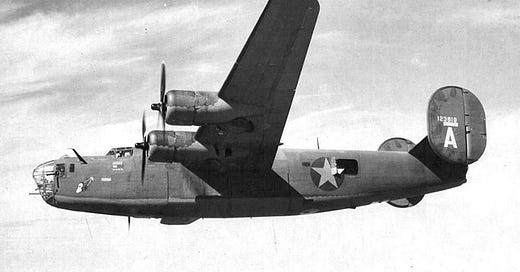



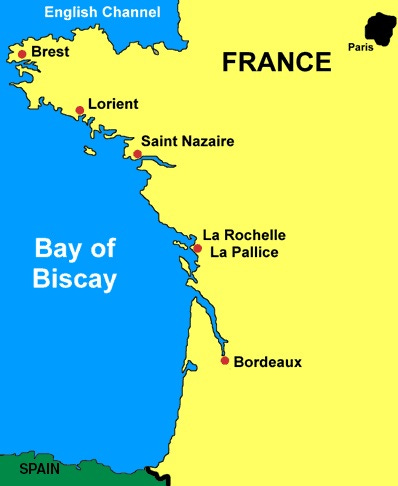
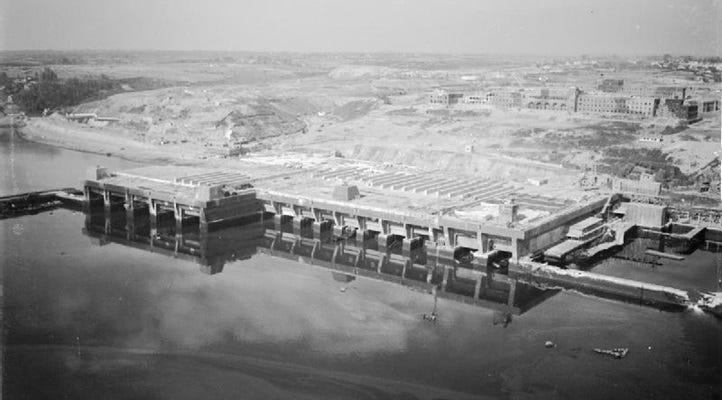
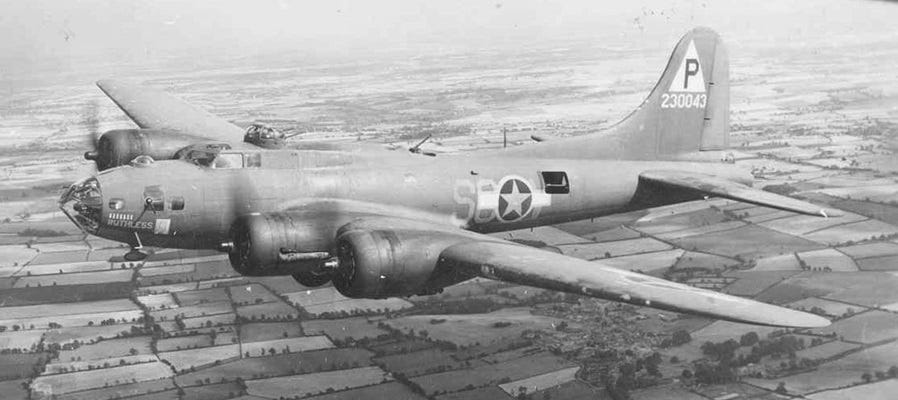
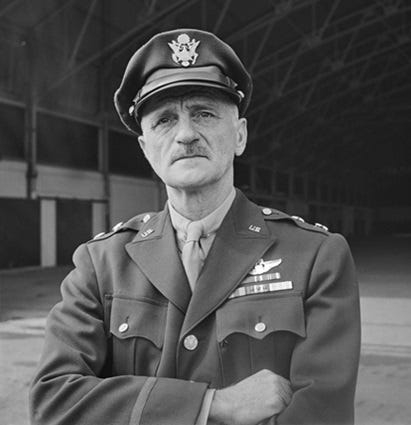
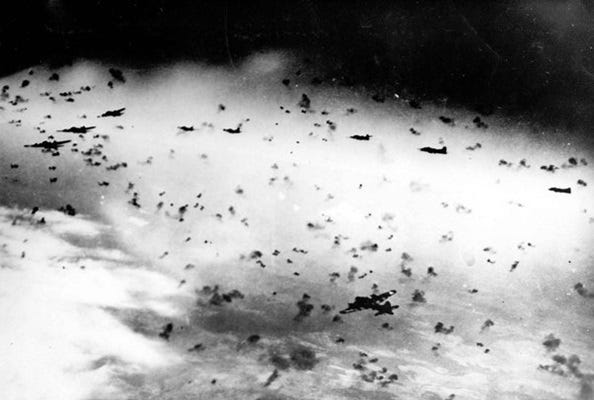
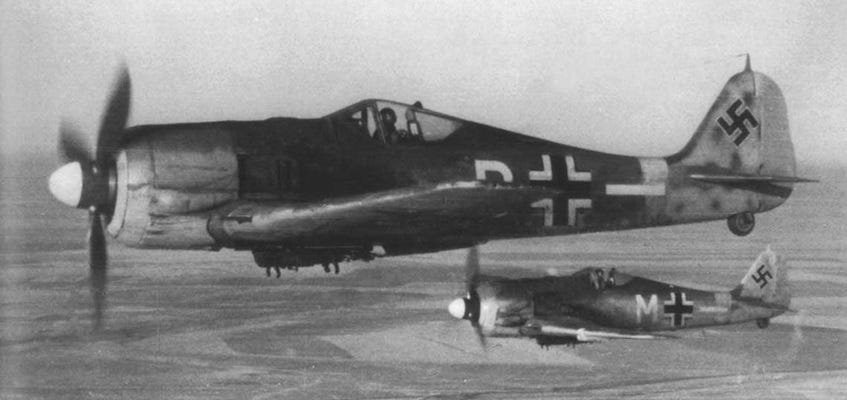
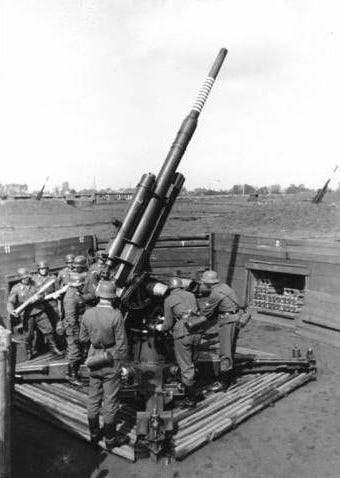
If 2,000lb bombs were ineffective against submarine pens, why weren't 8,000 or 12,000 lb blockbuster bombs tried? Carried by the Avro Lancaster only, such short ranges they seem like the ideal choice.